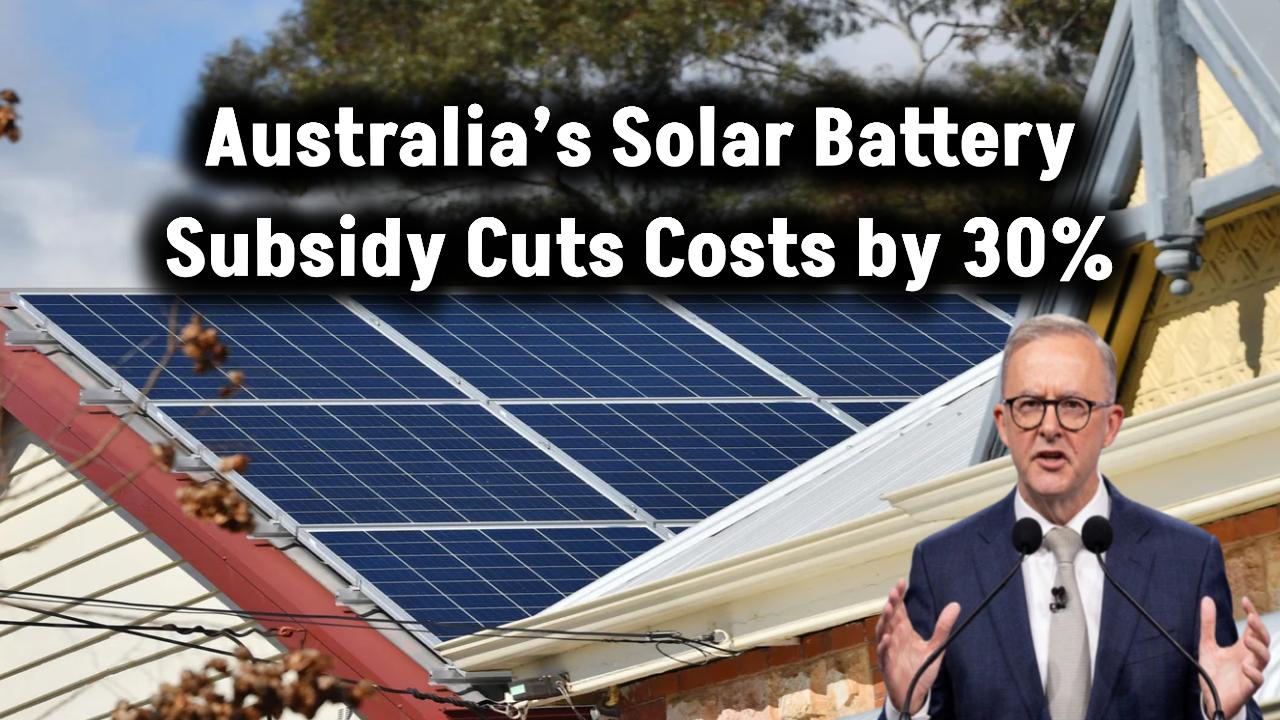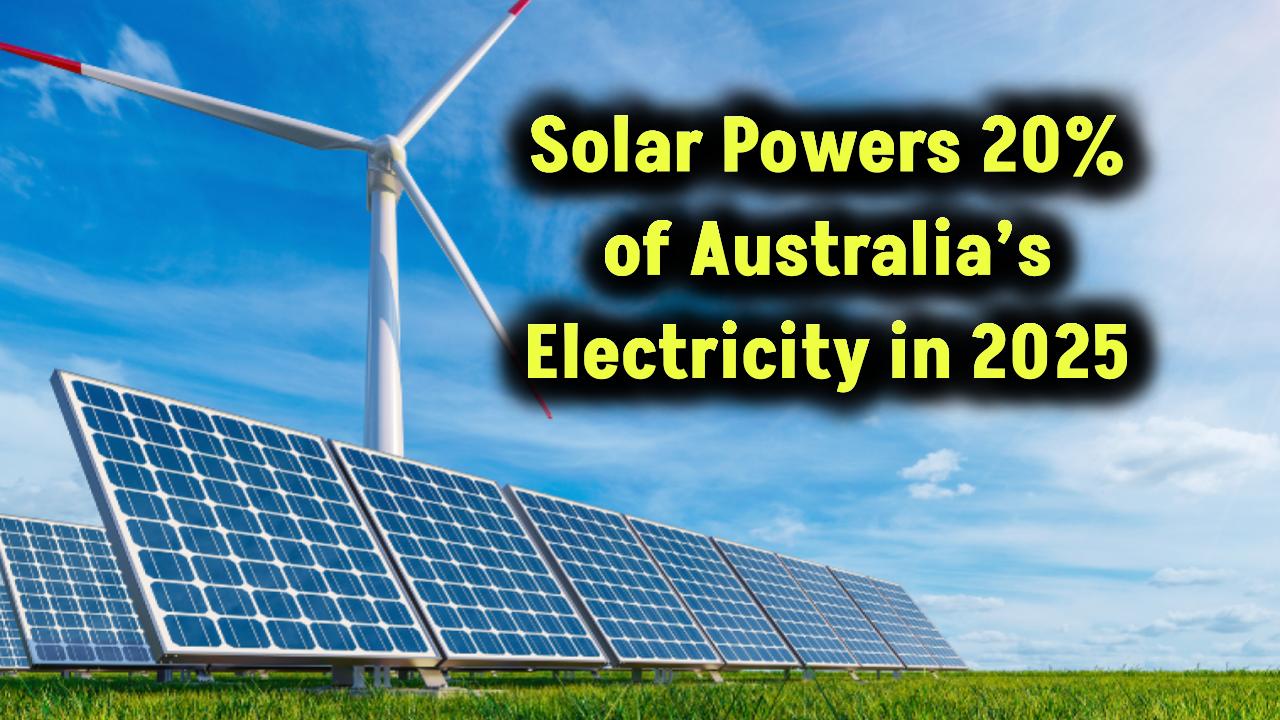
Charging your electric vehicle (EV) with solar panels is not just an eco-friendly choice but also a financially smart decision. With the increasing adoption of electric vehicles worldwide, more and more drivers are looking at solar panels as a sustainable solution for powering their cars. If you’re wondering, “How many solar panels do I need to charge my EV?”, this detailed guide will help you understand everything from calculating energy usage to choosing the right panels for your home.
Why Powering Your EV with Solar Panels Makes Sense
As the world moves toward greener energy solutions, driving an electric vehicle (EV) powered by solar energy makes perfect sense. Not only does it reduce your carbon footprint, but it also significantly cuts down on your electricity costs in the long run. With electricity prices rising and federal or state incentives for renewable energy adoption, the time to shift to solar-powered EV charging is now.
Also Check: Scientists Created This Tiny Solar Molecule—It Might Replace Your Power Company
Understanding EV Energy Consumption
The energy consumed by your electric vehicle varies based on its model, driving conditions, and other factors. On average:
- Efficient EVs (like the Tesla Model 3) consume about 0.25 kWh per mile.
- Larger or less efficient EVs, such as SUVs or trucks, can consume up to 0.63 kWh per mile.
If you’re driving an EV for 37 miles per day (the U.S. average), an efficient vehicle might need around 9.25 kWh/day, while a less efficient one could require 23.3 kWh/day.
How Much Energy Do Solar Panels Produce?
The amount of electricity produced by solar panels depends on several factors:
- Panel wattage: A 400W panel, in a sunny area, will generate around 2.0 kWh/day.
- Sunlight hours: The more sun your location gets, the more energy your panels will generate.
- Panel orientation and shading: Properly positioned panels in areas with little shading can produce more electricity.
The output of a solar panel can be as low as 1.5 kWh/day or as high as 2.0 kWh/day, depending on these factors.
How to Calculate the Number of Solar Panels You Need
Here’s a simple calculation method to estimate how many panels you need to charge your EV:
Step 1: Calculate Your Daily Energy Requirement
Multiply your daily driving distance by your EV’s energy consumption per mile.
- Example: 37 miles/day × 0.25 kWh/mile = 9.25 kWh/day.
Step 2: Determine Solar Panel Output
Estimate how much energy each panel produces daily. In sunny areas, this is typically around 2.0 kWh/day per 400W panel.
Step 3: Divide to Find the Number of Panels
Divide your daily energy requirement by the solar panel output.
- Example: 9.25 kWh/day ÷ 2.0 kWh/panel/day = 5.1 panels (round up to 6 panels).
This will give you a good estimate of how many panels you need for your specific circumstances.
Real-World Examples
| EV Model | Battery Size | Efficiency (kWh/100 km) | Daily Driving Distance | Panels Needed |
|---|---|---|---|---|
| Tesla Model 3 | 75 kWh | 13.7 | 50 km | ~5 |
| Nissan Leaf | 40 kWh | 17.0 | 50 km | ~6 |
| Ford F-150 Lightning | 131 kWh | 39.1 | 50 km | ~12 |
Also Check: 10 Mind-Blowing Facts About Renewable Energy That Will Inspire You to Go Green Today!
Additional Costs and Considerations
When installing solar panels for EV charging, there are several additional factors to consider:
1. Roof Space
Each solar panel typically takes up about 1.6 m². Depending on your energy needs, you might need 16–20 m² of clear roof space for 10 panels.
2. Battery Storage
If you want to charge your EV at night or during cloudy days, you may want to add a battery storage system like the Tesla Powerwall. This system can store excess solar power for later use.
3. Installation and Other Costs
The cost of installing solar panels generally ranges from $2.50 per watt installed. A typical 10-panel system (about 4 kW) could cost ~$10,000 before any available incentives. However, many governments offer tax credits and rebates for solar panel installations.
Environmental Impact of Solar-Powered EV Charging
By switching to solar-powered EV charging, you are reducing your carbon footprint significantly. On average, for every 1,000 kWh of energy produced by solar panels, you save approximately 0.7 tons of CO2. Given that charging an EV with solar power avoids using fossil fuels, it’s an environmentally responsible choice.
Energy Management Systems (EMS)
Energy Management Systems (EMS) help optimize how and when you charge your EV. EMS can automatically adjust charging times based on solar panel output or grid prices. For instance, your EMS might prioritize charging your car during midday when solar energy is abundant, or it can store extra energy in a home battery for night use.
Case Study: Solar-Powered EV Charging at Home
Meet Sarah, a homeowner in sunny Arizona. Sarah installed a 10-panel solar system to charge her Tesla Model 3. After calculating her daily driving distance and energy consumption, she determined she needed 5 panels for regular use. However, she chose to install 10 panels to account for seasonal variation in sunlight and to store excess energy in a home battery.
After one year, Sarah saw a 50% reduction in her electricity bill and enjoyed the peace of mind that came with knowing her car was being powered by clean energy.
(FAQs)
Q: Can I charge my EV entirely with solar power?
A: Yes, but only if your solar panel system is large enough to meet your daily energy needs. You may also need a battery system to store power for nighttime charging.
Q: Do I need a special solar panel for EV charging?
A: No, but the more efficient the panels (e.g., monocrystalline panels), the fewer you’ll need to meet your energy requirements.
Q: How long do solar panels last?
A: Most panels last 25–30 years. Over time, their efficiency may degrade slightly (around 0.5% per year), but they will still be effective for charging your EV.
Q: What if I live in a cloudy area?
A: While your panels may not generate as much electricity during cloudy days, solar power can still provide a substantial amount of your energy needs throughout the year.
Also Check: This Town Cut Power Bills by 70%—See the Genius Solar Trick Behind It!








